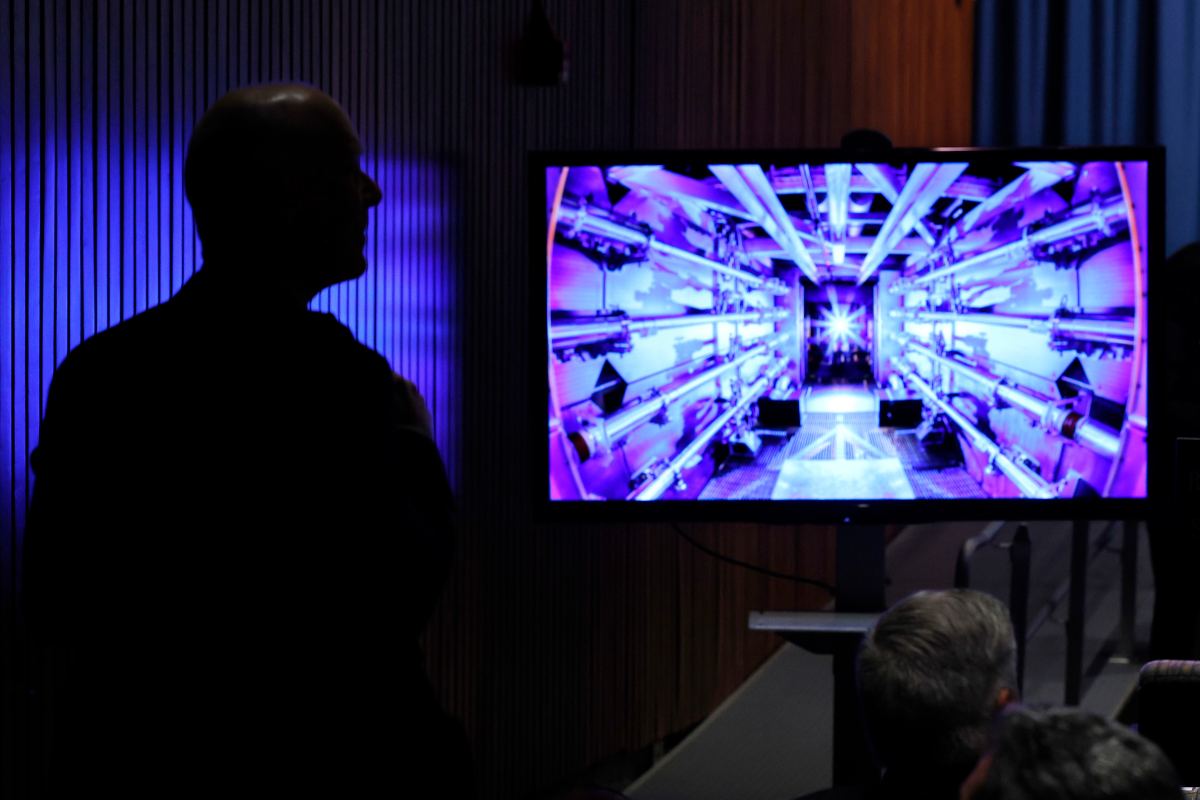There are a tough number for Hoe in Fusion Startings. Their mission? Create a new power plant that produces more energy than consumption – no one has previously done anything with fusion energy. This shows that the technology will be able to prove the work of their technology and measure it and all convincing investors will be useful. It’s already a tall order. But there is another big problem that pays less attention: where the fuel will be obtained.
Most Fusion Startings Thank you very much to say that they will produce their own fuels. And technically, they are right. However, it glitters on one key point: to make tritium – one of the main substances for the Fusion – at first today, they need a special means of lithium in a very short time.
This thinking, a few years ago in the start of Fusion, said the Foundation energy a few years ago.
« Nobody realized that he did not work on this supply. There is a bunch of Fusion. There is no single company that prepares fuel for these companies, » he said.
Thus Jerrott and his focus, the energy counterpart Jacob Peterson decided to build a self Hexium With one eye to solve the future fuel problems of the Fusion.
Hexium, which operates secretly, appeared with $ 8 million in Tuesday, the company said only to Techcrunch. Started with R7 partners along with Mac Venture capital and refers to Round, Humba Venturas, Julian Capital, Overture VC and R7 partners.
The main technology of hexium uses the method for decades using lasers to Lithium’s isotopes. Atomic Vapor Laser Isotope Separation (AVL) was improved by the energy department in the 1980s to sort uranium isotopes. However, after spending $ 2 billion, the Cold War, which is ready to produce uranium for AVLIS nuclear power plants, has ended and thousands of tons of nuclear fuel pressed water Old Soviet weapons-uranium.
As a result, the Avlis was more or less unused until several years ago, and pinched to sort the referee technology and sorting lithium isotopes.
To do this, the starting picometer will use lasers that can be adjustable with accuracy. The relatively low power to use hexium – « Tattoo cleaning energy » said Peterson, but their accuracy allows them to interact with a particular lithium isotope.
As most elements, not only one configuration of lithium, protons, neutrons and electrons. There are two wild, two hard isotopes: three protons, three neutrons and three electronic lithium-6; and a lithium-7 from an extra neutron. Each isotope has its own signature, so it is expressed as a wave function. Imagine how different people produce different waves when different people are visible on the computer. Hexium adjusts lasers to interact with Lithium-6 wave function.
« It will take immediate blow by a lithium-7 atom. It will be unnoticed, » Jerrott said.
To separate Lithium-6 from Lithium-7, company lasers will shine in the steamed clouds of the metal. Laser Livium-6 will ionate when hitting the atom. The ionized atom will then be attached to an electric plate that flows into a liquid like water beads, such as a liquid that will be pasted into a liquid and the icy glass.
Hexium can then take a lithium-6 package, and this can use both gender tritium fuel from the metal and maintain pilot and trade reactors from harmful radiation. For the rest of Lithium-7? This isotope will be sold to the operators of ordinary nuclear reactors that use a protective additive in cooling water.
Over the next year, hexium will use seed funding to build and operate a pilot plant. If it all goes well, hexium will repeat the modular fashion to produce hundreds of kilograms from anywhere in the module to produce hundreds of kilograms of fashion.
« We do not have to build a device of a Costco or football stadium, » Jacobson said. « We can do it in a starbucks size and we achieve a good economy on a very small scale, and then we are in parallel our process. »














Leave a Reply